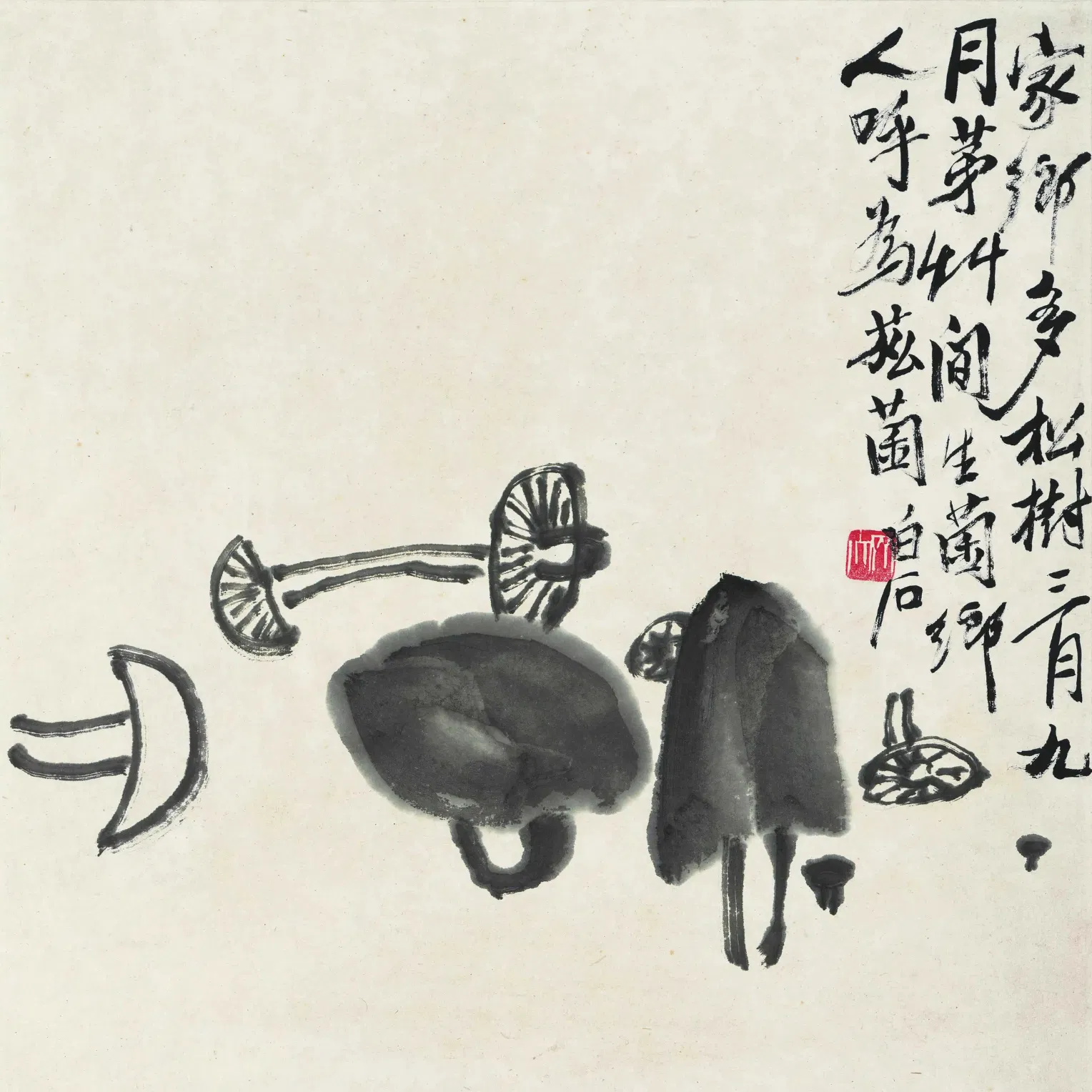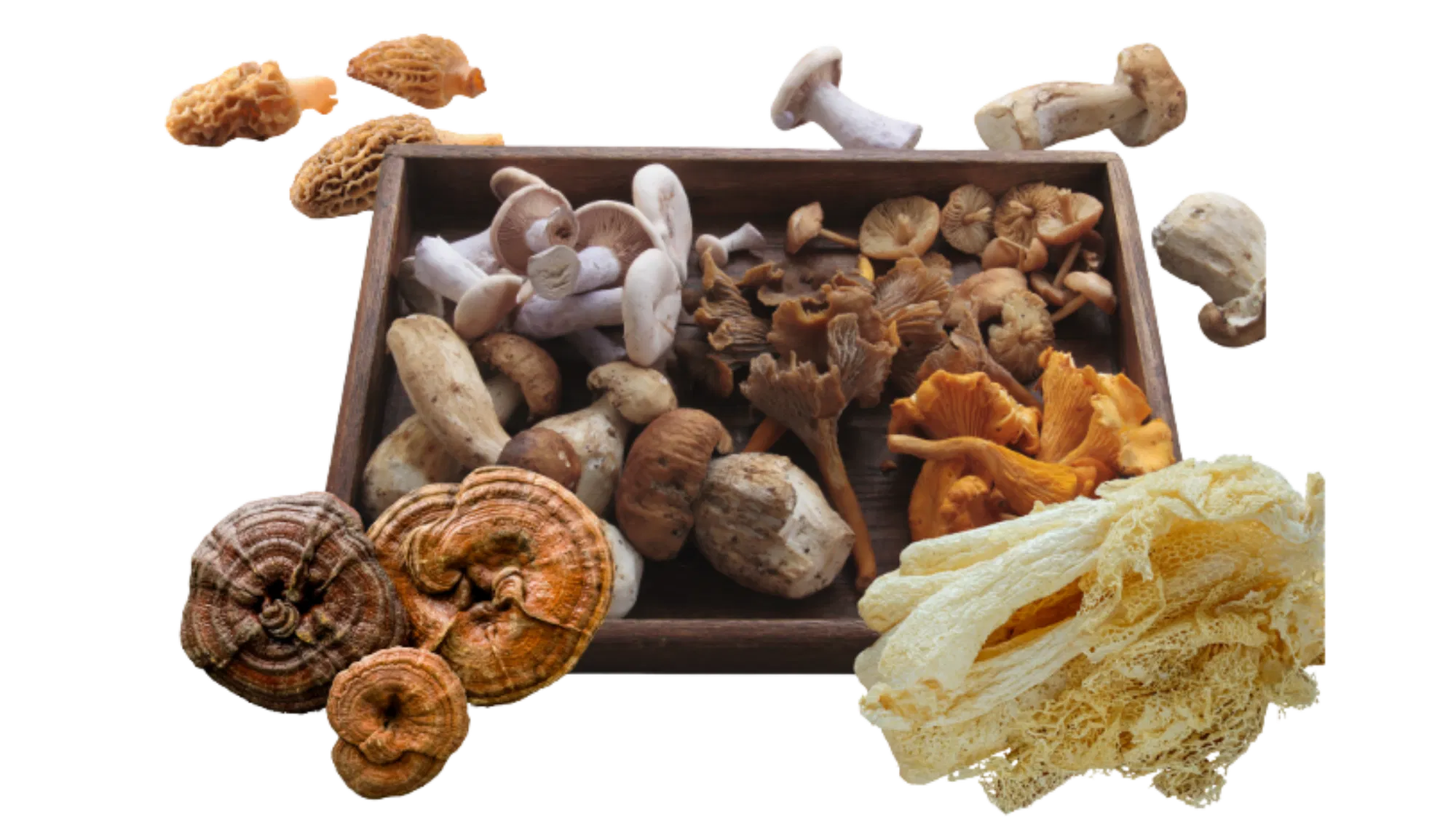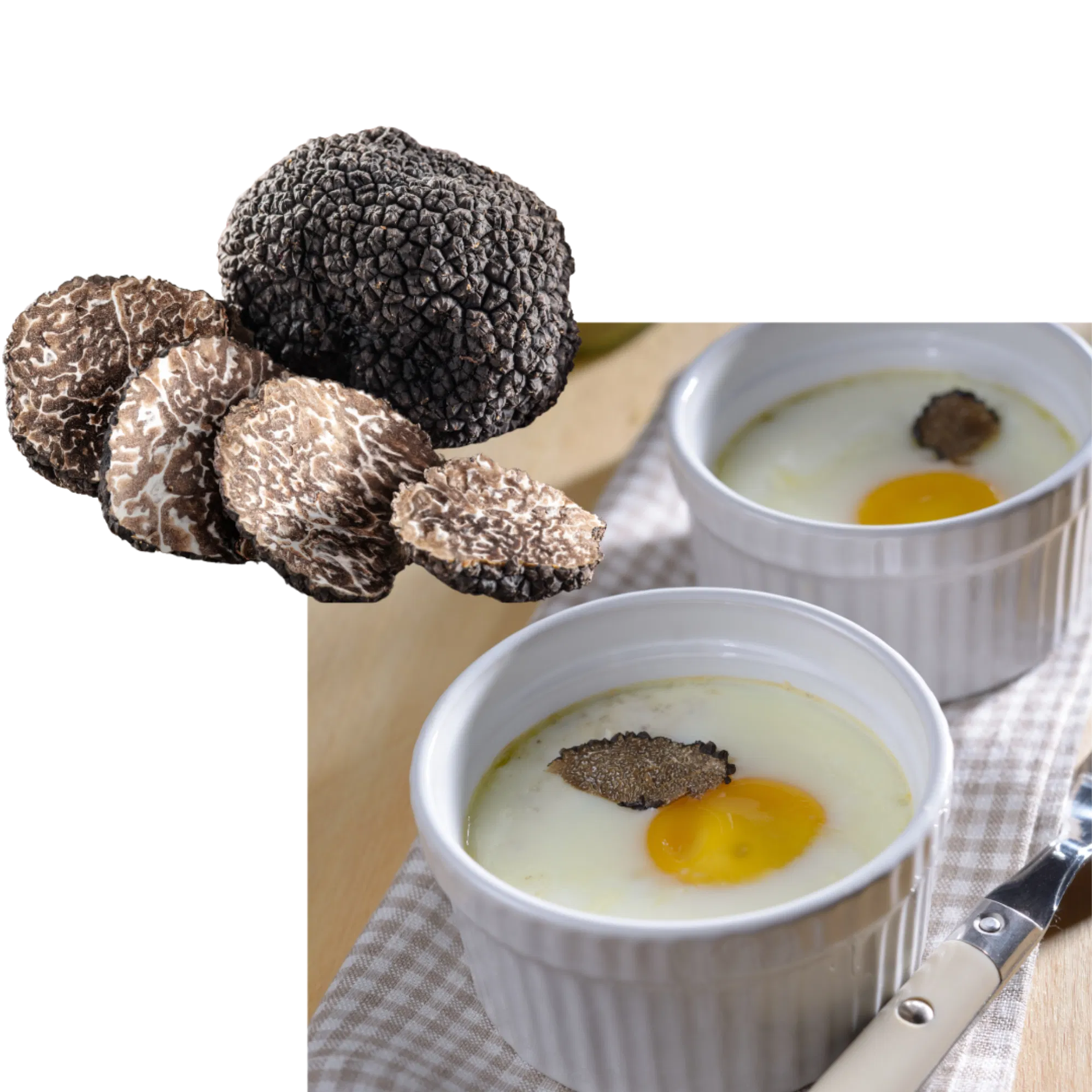Tufts of mushrooms bloom quietly under damp pine needles and on rotting tree trunks. These enigmatic gifts of nature have adorned Chinese tables as a poetic delicacy for thousands of years. From Lüshi Chunqiu (3rd century BC), who stated that "the finest flavours lie in the mushrooms of Yueluo", to the praise of Song Dynasty scholar Lin Hong in Shanjia Qinggong: "No delicacy from the land or sea can rival the humble mushroom" - these forest spirits have woven themselves into the tapestry of Chinese food culture.
The ancient Chinese revered them as the "condensed essence of heaven and earth" and marvelled at their ability to thrive without sunlight in shady, damp corners - a phenomenon that inspired both awe and philosophical reflection. The Ming dynasty pharmacologist Li Shizhen documented dozens of mushroom species in Bencao Gangmu, laying the foundation for mycology, while modern science today demystifies their growth: The Périgord truffles cultivated in Yunnan can rival their French counterparts, Sichuan is pioneering the cultivation of white truffles, and north-east China has mastered the semi-domestication of the prized matsutake.
In Chinese tradition, mushrooms are living calendars. Morels unfurl their honeycomb hats after the Qingming rains; Termitomyces mushrooms emerge with cicada song at the Dragon Boat Festival; Matsutake perfumes the air over the plateaus of Yunnan during the mid-autumn moonrise. This harmony with the cycles of nature is celebrated in folk rituals: At the annual Junzi Festival in Yunnan, mushroom pickers sing "July for the mushrooms, August for the pheasants, September for the matsutake that flood the hills", transforming the seasonal rhythms into edible poetry. On the dining table, they inspire culinary minimalism and creativity in equal measure.
In Yunnan, matsutake grilled with a pinch of sea salt captures the original umami; in north-east China, oak mushrooms slow-cooked with free-range chickens evoke winter hearths; in Jiangnan, shiitake roasted with greens epitomise Confucian simplicity. As the Song poet Su Shi wrote in his ode to vegetable soup: "True flavour needs no sauce" - a philosophy that is reflected in mushroom cuisine.
Mushrooms also inspire the artistic imagination beyond the palate. Qi Baishi's ink paintings immortalised lingzhi and shiitake in crimson and ebony; the writer Wang Zengqi compared the emerald-green qingtoujun mushrooms to "embroidery threads on silk"; even the aristocratic banquets of Dream of the Red Chamber contained "pheasant broth with wild mushrooms".
Today's chefs are reinterpreting traditions: Sichuan's "stunning porcini mushroom" combines porcini mushrooms with Sichuan peppercorns; Shanghai's "braised pork with matsutake" enhances a classic dish with the luxury of the forest; the Cantonese "consommé of morels and fish stomachs" combines land and sea. The soaking liquid of dried mushrooms, which is valued as "liquid gold", is now a natural flavour enhancer in modern cuisine.
Mushroom culture flourishes at regional festivals. In the "wild mushroom hunt" on Changbai Mountain, participants have to identify 20 species in 30 minutes; the Bai ethnic group in Dali make "mushroom banquets", in which Termitomyces flowers and matsutake "cups" become edible works of art; the Celadon artists in Zhejiang mould tea sets that imitate the pointed veils of the Phallus indusiatus - a fusion of mycological beauty and craftsmanship.
From Qing gourmet Yuan Mei, who insisted on using "mountain-fresh mushrooms" in his Suiyuan Shidan recipes, to Beijing's Michelin-starred "truffle xiaolongbao" and "morel bisque" - mushrooms transcend borders. Nutritional science is now confirming the old wisdom: mushrooms are rich in polysaccharides, vitamin D and amino acids, strengthen the immune system and can be found on vegan menus worldwide as meat alternatives - just think of portobello burgers and risottos.
From the misty forests to the plates of the world, from antiquity to the kitchens of the avant-garde - mushrooms tell stories about the alchemy of nature. They are time travellers, cultural ambassadors and culinary revolutionaries. In their delicate caps and earthy flavours, we taste not only umami, but also the limitless possibilities of human creativity - a legacy as enduring as the forests themselves.



